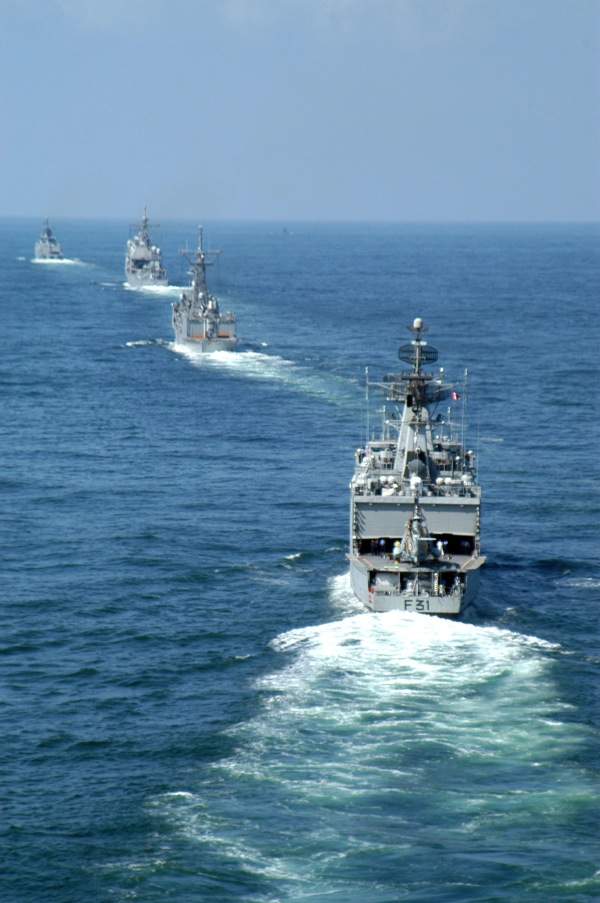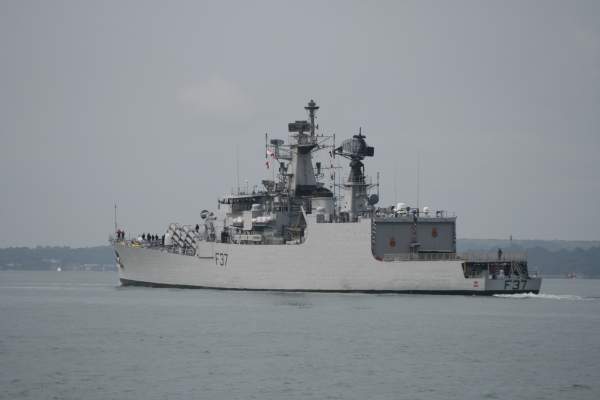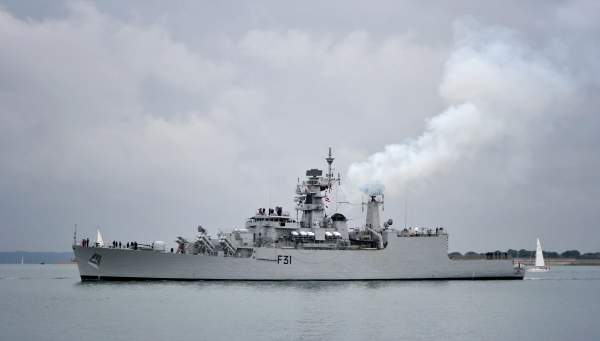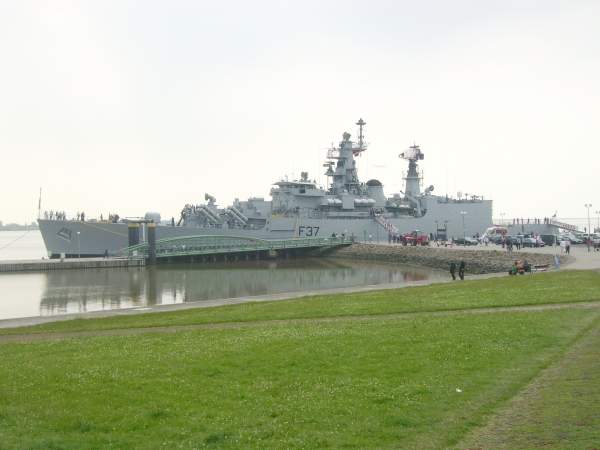Brahmaputra Class guided missile frigates were indigenously built by Garden Reach Shipbuilders and Engineers (GRSE) for the Indian Navy. Three frigates of the class that entered service from 2000 to 2005 were named after Indian rivers.
The keel for the first ship in class, INS Brahmaputra (F31), was laid in 1989 as a part of the Godavari Class. The construction was delayed due to frequent changes in the design.
The frigate was finally commissioned in April 2000, after 11 years. INS Betwa (F39) was commissioned in July 2004. The last ship in the class, INS Beas (F37), was commissioned in to the Indian Navy in July 2005.
Brahmaputra Class ships are primarily deployed in anti-surface warfare (ASuW) and anti-submarine warfare (ASW) operations.
Brahmaputra design features
Designed by the Directorate of Naval Design (DND), Brahmaputra Class is an improved version of Godavari Class frigates.
The Brahmaputra Class features similar hull and propulsion systems as its predecessor, but has different internal configuration and armament systems.
The frigate has an overall length of 126.5m, beam of 14.5m and draft of 4.5m. The full load displacement is 3,850t. Brahmaputra Class can complement a crew of 313 including 259 enlisted members, 40 officers and 14 air crew members.
Command and control of the guided missile frigates
The command and control of shipboard weapons and sensors is provided by the EMCCA (electronic modular command and control applications) computerised action information system supplied by Bharath Electronics Limited (BEL).
The tactical information and combat data received from the sensors and data systems is processed by ten multifunction consoles to deliver real-time situational awareness.
Brahmaputra missile systems
Brahmaputra Class is fitted with four quadruple KT-184 launchers for firing 16 Kh-35E Uran/SS-N-25 Switchblade sea-skimming anti-ship missiles.
Uran can carry a 145kg warhead up to a range of 130km. The air defence capabilities are provided by the Israeli Barak surface-to-air missile (SAM) launched from three eight-cell VLS units.
Naval gun systems
The main gun fitted forward is a single Oto Melara super rapid 76mm main gun. The gun has a rate of fire of 65 rounds a minute.
It can engage ship and shore targets within the range of 8km. There are four 30mm AK-630 close-in weapon systems fitted to defend incoming anti-ship missiles. AK-630 can fire at a rate of 5,000 rounds a minute to a maximum range of 4,000m.
Torpedoes
The frigate has two 324mm ILAS 3 triple tubes for Whitehead A244S anti-submarine torpedoes. The torpedo, using active / passive homing, reaches 7km with a 34kg warhead. The tubes can also fire AET anti-submarine torpedo which is a locally built version of the A244S.
Sensors / radar technology
The sensor suite integrates a BEL RAWS-03 air/surface search radar, RAWL-02 (PLN 517) D-band air search radar, Decca Bridgemaster or BEL Rashmi (PIN 524) I-band navigation radar.
The ship is also equipped with Bharat HUMSA search and attack sonar and Thales Sintra towed array sonar.
Aircraft landing capabilities
Brahmaputra Class has an aft flight deck to allow the operations of two Sea King Mk.42B anti-ship and anti-submarine helicopters or a mix of HAL Chetak and Sea King helicopters.
The Sea King is equipped with modern avionics, dipping sonar and two Sea Eagle anti-ship missiles or a combination of depth charges and AS-244 ASW torpedoes. A hangar facility is provided for the embarked helicopters.
Countermeasures
Brahmaputra features a BEL Ajanta Mk.2C electronic warfare system and ELLORA electronic support measures (ESM) system.
ELLORA is indigenously developed by the Defence Electronics Research Laboratory (DLRL).
Two chaff/flare launchers fitted on the ship can deceive incoming anti-ship missiles.
The ship also has Super Barricade decoy countermeasures system, two Graseby G738 towed torpedo decoy systems or indigenously built BEL towed torpedo decoys.
Propulsion
Brahmaputra is powered by two BHEL Bhopal steam turbines developing a total power output of 30,000bhp. The steam turbine propulsion plant also integrates two boilers and two shafts.
The propulsion system provides a maximum speed of more than 30kt and range of 4,500mi at 12kt speed.
The Global Naval Surface Combatants and Warfare Systems Market 2011-2021
This project forms part of our recent analysis and forecasts of the global naval surface combatants and warfare systems market available from our business information platform Strategic Defence Intelligence. For more information click here or contact us: EMEA: +44 20 7936 6783; Americas: +1 415 439 4914; Asia Pacific: +61 2 9947 9709 or via email.











